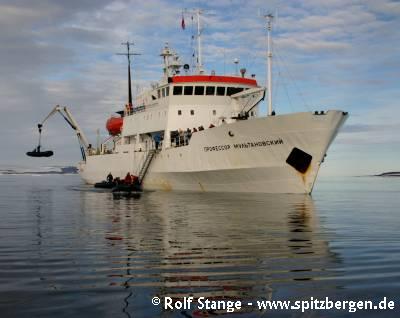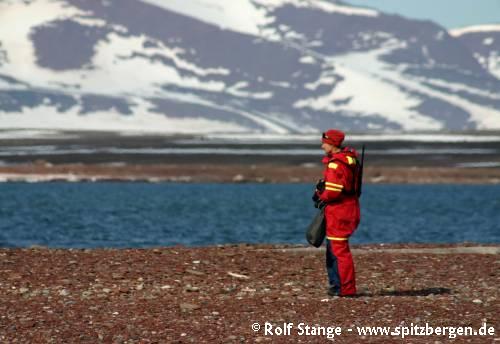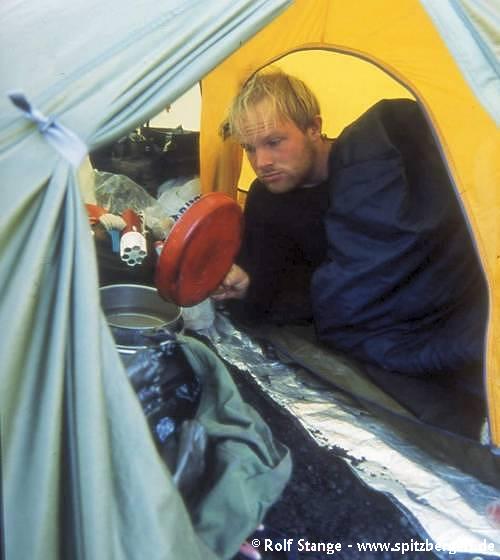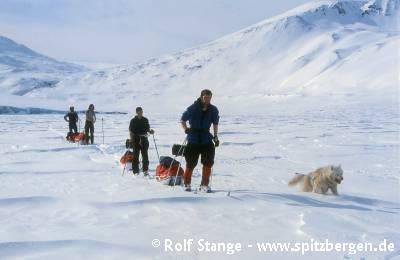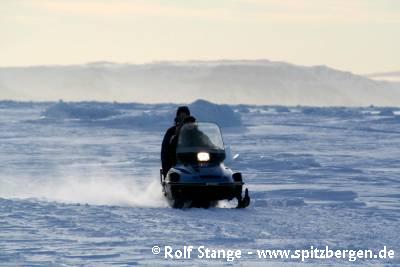-
current
recommendations- Liefdefjord
New page dedicated to one of Spitsbergen's most beautiful fjords. Background information and many photos.
- New Spitsbergen guidebook
The new edition of my Spitsbergen guidebook is out and available now!
- Liefdefjord
New page dedicated to one of Spitsbergen's most beautiful fjords. Background information and many photos.
Page Structure
-
Spitsbergen-News
- Select Month
- June 2025
- May 2025
- April 2025
- March 2025
- February 2025
- January 2025
- December 2024
- November 2024
- October 2024
- September 2024
- August 2024
- July 2024
- June 2024
- May 2024
- April 2024
- March 2024
- February 2024
- January 2024
- December 2023
- November 2023
- October 2023
- September 2023
- August 2023
- July 2023
- June 2023
- May 2023
- April 2023
- March 2023
- February 2023
- January 2023
- December 2022
- November 2022
- October 2022
- September 2022
- August 2022
- July 2022
- June 2022
- May 2022
- April 2022
- March 2022
- February 2022
- January 2022
- December 2021
- November 2021
- October 2021
- September 2021
- August 2021
- July 2021
- June 2021
- May 2021
- April 2021
- March 2021
- February 2021
- January 2021
- December 2020
- November 2020
- October 2020
- September 2020
- August 2020
- July 2020
- June 2020
- May 2020
- April 2020
- March 2020
- February 2020
- January 2020
- December 2019
- November 2019
- October 2019
- September 2019
- August 2019
- July 2019
- June 2019
- May 2019
- April 2019
- March 2019
- February 2019
- January 2019
- December 2018
- November 2018
- October 2018
- September 2018
- August 2018
- July 2018
- June 2018
- May 2018
- April 2018
- March 2018
- February 2018
- January 2018
- December 2017
- November 2017
- October 2017
- September 2017
- August 2017
- July 2017
- June 2017
- May 2017
- April 2017
- March 2017
- February 2017
- January 2017
- December 2016
- November 2016
- October 2016
- September 2016
- August 2016
- July 2016
- June 2016
- May 2016
- April 2016
- March 2016
- February 2016
- January 2016
- December 2015
- November 2015
- October 2015
- September 2015
- August 2015
- July 2015
- June 2015
- May 2015
- April 2015
- March 2015
- February 2015
- January 2015
- December 2014
- November 2014
- October 2014
- September 2014
- August 2014
- July 2014
- June 2014
- May 2014
- April 2014
- March 2014
- February 2014
- January 2014
- December 2013
- November 2013
- October 2013
- September 2013
- August 2013
- July 2013
- June 2013
- May 2013
- April 2013
- March 2013
- February 2013
- January 2013
- December 2012
- November 2012
- October 2012
- September 2012
- August 2012
- July 2012
- June 2012
- May 2012
- April 2012
- March 2012
- February 2012
- January 2012
- December 2011
- November 2011
- October 2011
- September 2011
- August 2011
- May 2011
- April 2011
- March 2011
- February 2011
- January 2011
- December 2010
- November 2010
- September 2010
- August 2010
- July 2010
- June 2010
- May 2010
- April 2010
- March 2010
- February 2010
- November 2009
- October 2009
- August 2009
- July 2009
- June 2009
- May 2009
- April 2009
- March 2009
- February 2009
- January 2009
- December 2008
- November 2008
- October 2008
- August 2008
- July 2008
- June 2008
- May 2008
- April 2008
- March 2008
- February 2008
- April 2000
- Select Month
-
weather information
-
Newsletter

| Guidebook: Spitsbergen-Svalbard |
Home
→ Spitsbergen information
→ Arctic traveling – some practical hints
→ Spitsbergen – different ways to travel
Spitsbergen - different ways to travel
Here, you will find some hints and ideas regarding what you can do in Spitsbergen. Finally, it depends on your taste (and bank account…). You will also find links to tour operators in my link collection.
For more, detailed information: the Guidebook Spitsbergen-Svalbard
Tours to most parts of the Svalbard archipelago need to be registered at the Sysselmannen (gouvernor of Svalbard). If you book a tour, then the tour operator will take care of this. Click here for further information regarding rules & regulations, safety in the field etc.
- Expedition style cruises will be an ideal way to travel for many. If you want to experience as much as possible of Arctic (or Antarctic) nature, bring some adventure spirit and want to share your polar enthusiasm with like-minded fellow travellers, then you will probably enjoy this way of getting around:
- Relatively small groups (depending on which ship you use, often around 50 passengers) on vessels, which are ‘swimming youth hostels’ if you compare them to ‘real cruise ships’. In other words: if high cabin standard with golden toilet seats, seven-course-meals etc are important to you (more important than the nature experience), then you should rather book a voyage on a larger cruise ship. On an expedition ship, everything is rather functional than luxurious, but nevertheless – starvation is unlikely to be a problem on board… and it is definitely much more comfortable than camping!
Expedition ship M/V Professor Multanovskiy (which used to be my second home in the Arctic).
-
- Don’t expect to have a lot of time to relax during the voyage. Two Zodiac excursions per day are normal (duration mostly close to three hours), and in the meantime you can see something from the ship. You have to be able to walk for a couple of hours over wayless terrain, this requires some physical fitness. If you like an occasional walk of more than five kilometres along the beach or through the forest at home, then you will enjoy the excursions. If you rather take a car than walk to the baker’s around the corner, then an expedition cruise is not for you. Please consider that the medical facilities on board are rather basic and the next hospital may be far away (in some areas out of helicopter range), you have to be in good medical condition.
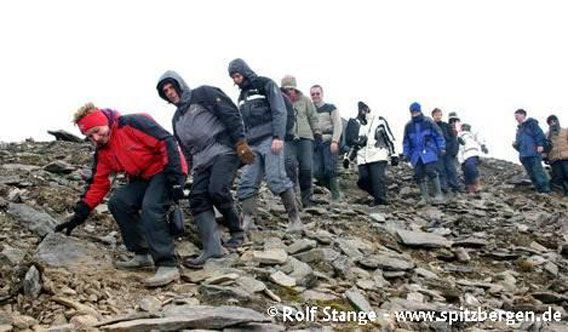
-
- The atmosphere on board is casual – no dressing-up for dinner, but rubber-boots and binoculars are required. The bridge is usually open for passengers.
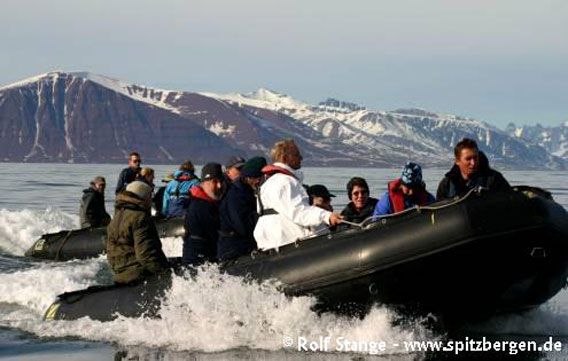
-
- Expedition cruises are no photo safaris for certain wildlife species (‘polar bear safari’), but usually want to deliver a large variety of polar impressions and experiences. If you do not want to see anything but polar bears, then you could consider Churchill in Canada (original quote of a traveller: ‘polar bear and walrus – I don’t care about the rest’). We get to see the ‘big guys’ (polar bears, walrus) on almost every trip, but there is no guarantee.
- During excursions, we will usually split up into several groups to accommodate different interests and walking abilities. In Spitsbergen and East Greenland, there will be a guide with a rifle with every group. Individual excursions without a group are not possible because of the polar bear danger. If you can’t live with that, then you should not book an expedition cruise in Spitsbergen or East Greenland.
Polar bear guard
-
- Board language is mostly English, but check with your travel agency if several languages are spoken during briefings, lectures etc.
- Important information regarding the itinerary which you will probably receive from your booking agent. These usually read like ‘On day one, we are here in the morning and do this, and in the afternoon we are there and can see that…’. Forget about these day-by-day-itineraries, they are only there to give you an idea about what could happen before the voyage. You can assume that during the voyage an experienced expedition leader will design an individual itinerary to make sure you get as much polar experience out of the time on board that you have got. This will be very flexible, depending on ice conditions, weather, wildlife and other factors (including presence of other ships, which we try to avoid in the field). As expedition leader, I do hardly every read the day-by-day-itineraries issued by various booking agents (in Spitsbergen and East Greenland). Usually, your expedition leader will know the area better than the guy who wrote the original itinerary.
- Staying in Longyearbyen. It is easy to stay for a couple of days in Longyearbyen in one of the hotels or on the camping site, and you may be surprised regarding the variety of things you can do and see – polar bears and walrus are very unlikely, but other than that, almost everything is possible. If you stay for some days and keep your eyes open, you are likely to see reindeer, fox and a number of different bird species (possibly including ivory gull, little auk, ptarmigan etc.). There is a huge variety of day trips you can book in your hotel, the tourist information or with the local tour operator (see links). If you are interested in birdwatching, then you can easily spend two rewarding days in and around Longyearbyen in the early summer – hire a guide with relevant local knowledge and a rifle!
- Individual hiking and trekking tours. There is an endless number of options, from daytrips around Longyearbyen to several-week long trekking tours which have expedition character. Careful preparation and physical fitness and some experience with hiking in northern terrain without any tracks are obvious stipulations. On several-day long tours, you will most likely have more than 20 kg in your rucksack (tent, stove, food supplies, sleeping back, rifle with ammunition, polar bear alarm fence which you need to put up around your tent during the night etc., for further information on regulations and safety in the field, see here). Hiking and trekking tours enable you to get an intense experience of Arctic nature and landscape and the exciting feeling to be exposed to the elements, to live in the nature. And there are few nicer things in life than the first pizza after a long tour …
The pleasures of living in a tent.
- Organised Trekking: Similarly as invididual trekking, you will be able to experience Arctic nature and silence with plenty of time when you participate in an organised trekking tour. You will make experiences, which some people will love, other ones may hate (sleeping in tents without the opportunity to take a shower etc). You will have to accept pace and rhythm of the group and you are unlikely to be able to influence the itinerary. But there is definitely a number of advantages: often less luggage to carry because there are usually depots in the field, much less organisation and preparation, solid planning, the group experience (which is mostly nice). Make sure you know what kind of trip you are booking and that you are physically ready for it, be realistic when it comes to your hiking abilities, otherwise your participation may become a strain for you and a problem for the group.
- Canoe/Kayak. The open canoe (‘Canadian’ canoe) is not an option in Spitsbergen due to the lack of calm waters (the few large rivers have plenty of shallows). Quite a lot can be done with robust expedition kayaks, from day trips to long tours with expedition character. Organisation is quite extensive, starting with transportation for all your gear. There are specialised tour operators in Spitsbergen. This way of traveling is attractive and can offer different perspectives and experiences than land-based traveling, but is also strenuous and has its specific risks. These include the unpredictable weather and long stretches of coastline, where it is impossible to land (steep cliffs, glacier fronts etc.).
- Cruise ships. If you are content with a few landscape impressions from the panorama lounge and a visit to Longyearbyen or Ny Ålesund and you appreciate good food and comfort, then a trip on one of the larger cruise vessels will be a good choice for you.
- Dog sledding. Traditional Arctic traveling, as it cannot get any nicer. There is hardly anything better than a several day dog-sledging tour from cabin to cabin or using a tent. in Spitsbergen, snowscooter traffic is still a pain, despite being more and more regulated, but there are areas where snowscooters are not allowed. Daytrips or half-day trips are popular and free of any risk in case you are worried about cold and discomfort, after a few hours you are back in town. The season is mainly March to early May. Specialised operators will also arrange longer trips if you are our for some adventure. You will hardly get a more intense, more intimate experience of the Arctic than during a several-day dog-sledging trip! Of course, you will have to live with a certain lack of comfort (camping in temperatures which may be well below zero), but if you are willing and able to accept that (it is actually great fun for the little adventurers amongst us), then you will be richly rewarded. Your tour operator will assist you with information and equipment. Another factor is that dog sledging is an environmentally friendly way of getting around (no CO2-emissions, no noise) and creates jobs in remote communities of a sort which enables local people to keep their pride and some of their traditional techniques alive. Enjoy!
Dog sledge in East Greenland
- Cross-country skiing. In a way, this provides a similar experience as dogsledging, as far as nature and scenery are concerned, although the dogs are missing. Skiing trips are much easier to organise individually, as dogsledging requires relevant experience and, of course, dogs and sledge. On the other hand, skiing with a lot of luggage is very strenuous. The whole range of cross-country skiing, from easy day-trips to demanding, week-long trips with expedition character, will provide sportive, adventurous people with a once-in-a-lifetime experience.
Cross-country skiing in the Arctic: great pleasure for sportive people.
- Snowmobile. If you want to race through the Arctic, then snowmobiles can provide you with this experience. The nature experience will be rather limited because of speed and noise. This is not exactly an environmentally friendly way of traveling, as fuel consumption is high and the noise disturbs wildlife (reindeer during the difficult spring season, when food is scarce) and people. If you want to experience the Arctic in the winter, why not consider dogsledging?
Can be motor ‘sport’ than nature experience, depending on how it is done: snowmobile trips.
- Helicopter: The use of helicopters for touristic purposes is not permitted anymore in Spitsbergen, neither ‘flightseeing’ nor landings in the field. The Sysselmannen (gouvernor) may grant permission for helicopter use for scientific or journalistic purposes. Because of the high fuel consumption, helicopters are more or less the least environmentally friendly way of getting around (even worse is only the use of nuclear-powered icebreakers for touristic purposes – any suggestions regarding safe disposal of nuclear waste?).
The following is nonsense:
- Bicycle. Mostly nonsense, as there are no roads or tracks outside the settlements, and offroad bicycling is not an option, as erosion and damage to the vegetation cover would be tremendous. But so-called fatbikes with very thick wheels can be a nice way to get out either on vegetation-free ground such as river beds or when the tundra is frozen solid.
- Camper. Firstly, you won’t get it up to Spitsbergen, secondly you can’t do anything with it up there due to the lack of roads outside the settlements.
- Bus tours. Difficult as there are no roads… sightseeing by bus withing Longyearbyen (and, to some degree, Barentsburg) is possible, for example for cruise ship passengers.
I have compiled all information published on my websites according to my best knowledge, based on 10 years of experience in the Arctic. This compilation is not at all comprehensive, it cannot always be complete and up-to-date, and there may be mistakes. I do not accept any liability for injury or damage which may arise as a result of improper use of the information I provide on my websites. I emphasize that all travels to polar areas require thorough preparation and proper equipment. Please make sure you are aware of all relevant information and that both you and your equipment meet the standards which are required for your intended activities. Please remember that you have to notify the Sysselmannen (gouvernor of Svalbard) in advance about trips to most parts of the archipelago.
BOOKS, CALENDAR, POSTCARDS AND MORE
This and other publishing products of the Spitsbergen publishing house in the Spitsbergen-Shop.
last modification: 2014-10-28 ·
copyright: Rolf Stange

